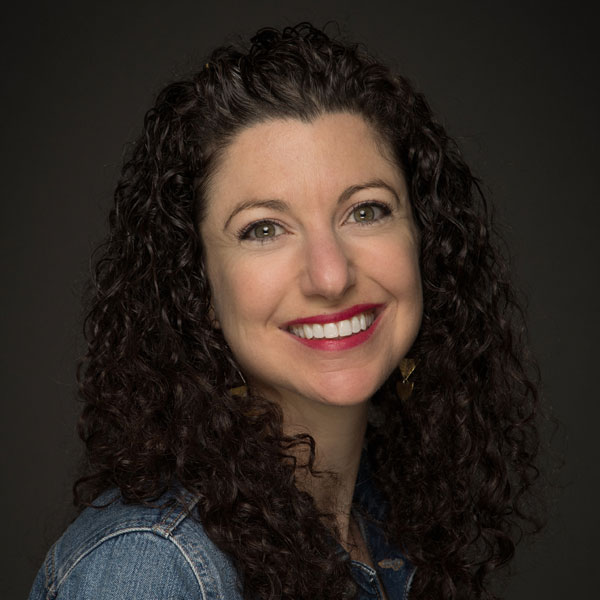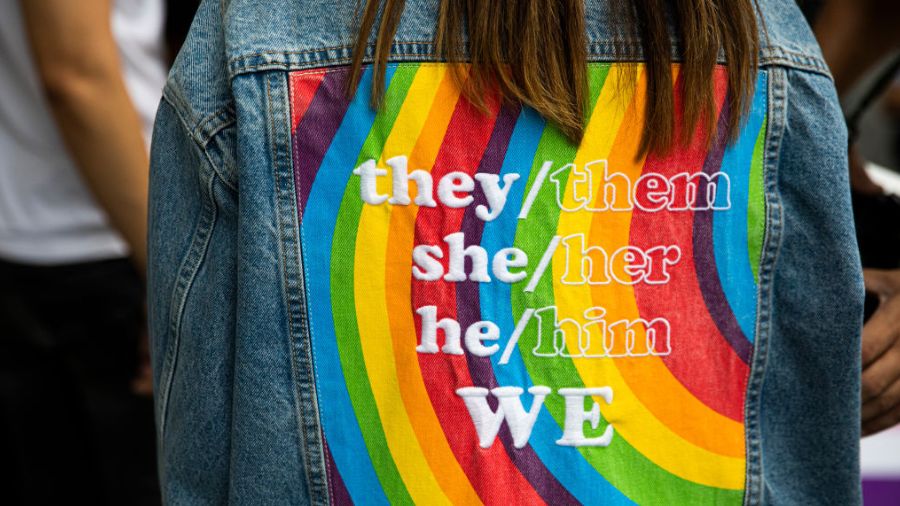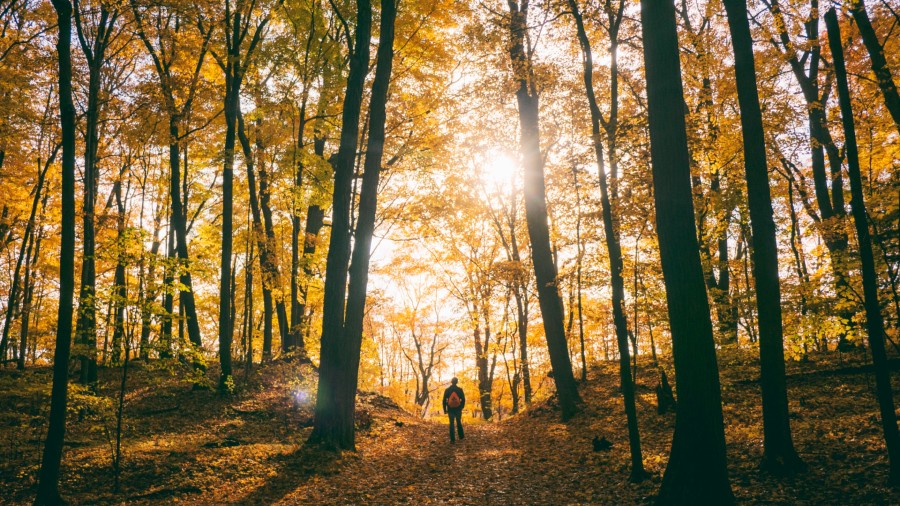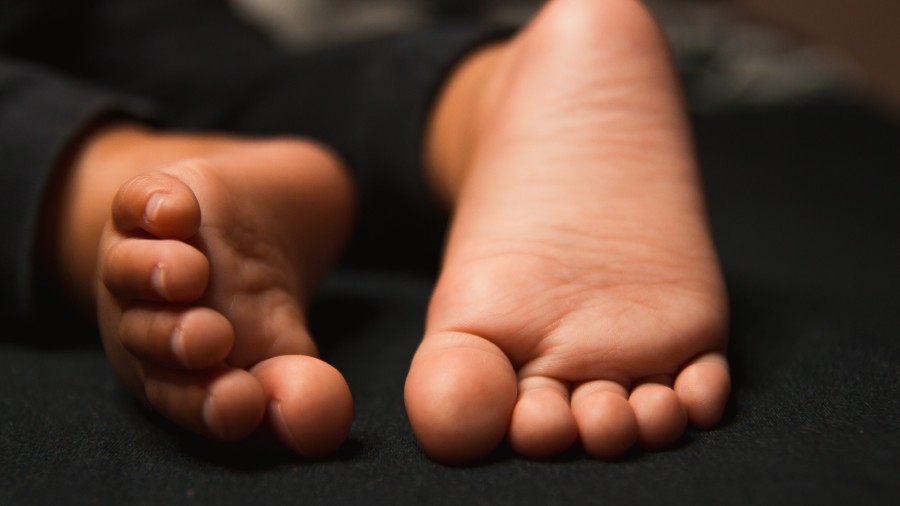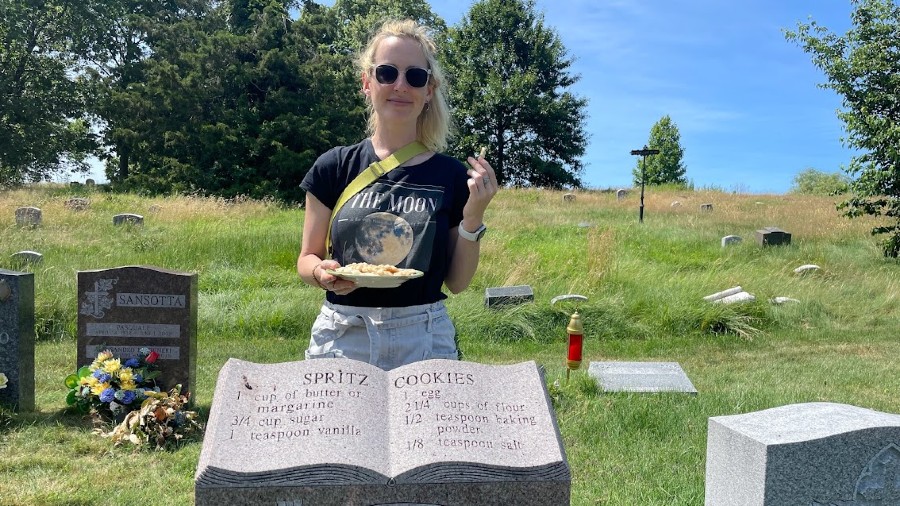‘Your Last Meal’ podcast explores history of why we eat cake and light candles for birthdays
Nov 11, 2021, 5:43 PM | Updated: Nov 12, 2021, 9:16 am
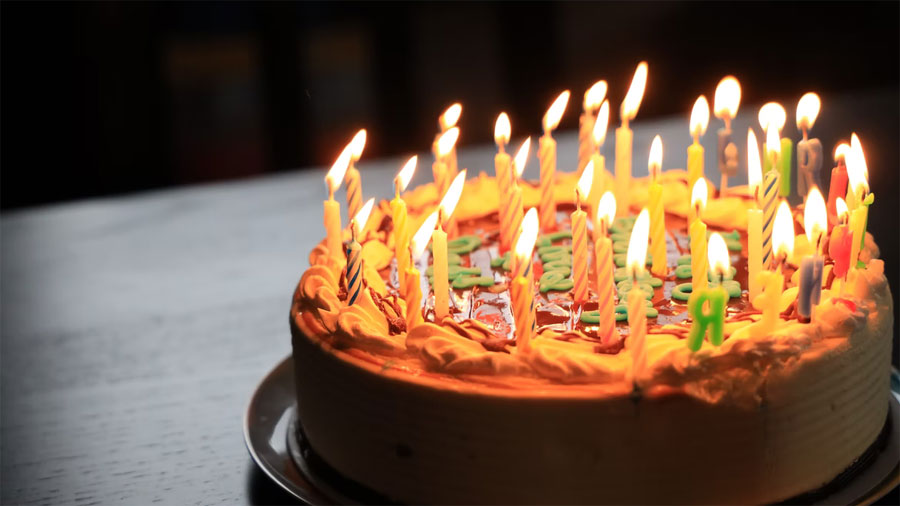
(Unsplash)
(Unsplash)
Christina Tosi is the latest guest on my podcast, Your Last Meal. Christina is the founder, CEO, and James Beard Award winning chef of Milk Bar, a much beloved bakery with locations in six cities. She’s also a cookbook and children’s book author and a judge on cooking shows, including “MasterChef.”
Dave Ross, Rachel Belle on how ‘fluffernutter’ made it into the dictionary
Christina is famous for taking nostalgic, childhood treats and suburban grocery store classics and spinning them into modern, sprinkle speckled layer cakes, cereal milk soft serve, and compost cookies packed with pretzels, potato chips, coffee, and more. So in honor of Christina’s love for cake, this is a birthday cake episode! We explore the history of birthday cake and why we light birthday candles.
We all eat birthday cake, but have you ever wondered why? How did cake become the ubiquitous celebration food? In an alternate universe, we could be eating birthday watermelons or birthday lasagna (which sounds like a good idea to me).
But before we get into the history of birthday cake, we need to talk about birthdays. Until the 18th century, regular people didn’t really celebrate them. Birthday celebrations were reserved for powerful people like an Egyptian pharaoh or President George Washington. According to The Atlantic, middle-class Americans didn’t celebrate birthdays until around 1860 or 1880, and it wasn’t until the 20th century that it became a nationwide tradition. Part of that is due to reliable time keeping.
“A lot of people just didn’t know exactly when their birthday was or exactly what their age was,” said Alysa Levene, author of “Cake, A Slice of History.”
When average Americans started celebrating birthdays, there was push back. The Atlantic says: “Birthday party poopers thought that the celebrations were self-centered and materialistic, took attention away from God, and turned children into brats.”
I mean, it’s not untrue!
As for birthday cakes, they came a bit later. Sugar was expensive, flour was still too course to make the fluffy, tender cakes we know today, and people generally didn’t have ovens at home. The scarcity of ingredients hints at why cakes have long been the go-to treat for celebrations, from birthdays to weddings and graduation parties.
“I think cake has always been different,” said Anne Byrn, best-selling author of many cake cookbooks, including “American Cake,” a well-researched book about the history of cake in America.
“It’s been celebratory because it required sugar, it required an oven, and to eat a slice of cake you needed a fork,” Byrn said. “America was rural, and it was poor. The amount of sugar that was used in cakes, and certainly the heavily frosted cakes that we think of as the American layer cake, weren’t available to everyone. Baking a cake was a precious occasion. So I think cake has really earned the right to be special.”
For the history of birthday candles, we return to Levene.
“This was apparently a German tradition,” Levene said. “But it wasn’t necessarily the celebratory function that we have today. It’s often thought that the candles were actually supposed to be about warding off evil spirits. Candles have been on cakes for a long time and that was thought to be connected to the fact that the cake was often baked in a round shape to evoke the shape of the moon, and that the candles were on there as another way to honor the goddess of the moon, by the Greeks and the Romans.”
“So probably in the medieval period is when it started to be connected with birthdays,” she continued. “But, again, bound up with these ideas about religion and magic and superstition in ways that we don’t really think about today.”
Those early German birthday candles were not blown out.
“You wouldn’t want to extinguish the flame because it would equate to extinguishing the life,” Levene said. “So letting it burn was a way of wishing well to the child’s future, that they would survive to their next year. And it’s been suggested that might be why in some families you have candles that number your new age but also another one to grow on, to see you through to the next year.”
Hear my entire conversation with Christina Tosi, and learn more about the history of cake at this link, or listen wherever you get your podcasts.

